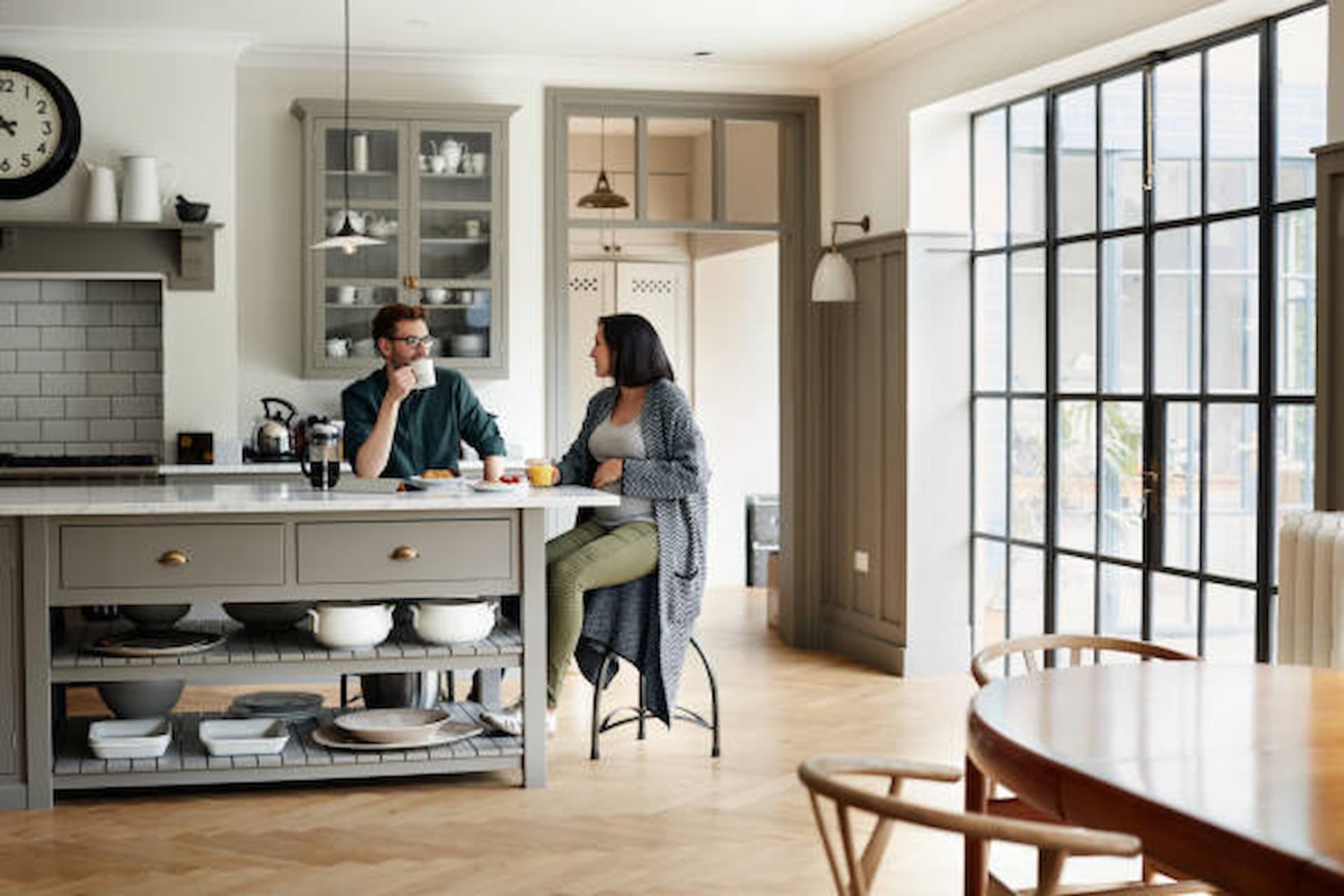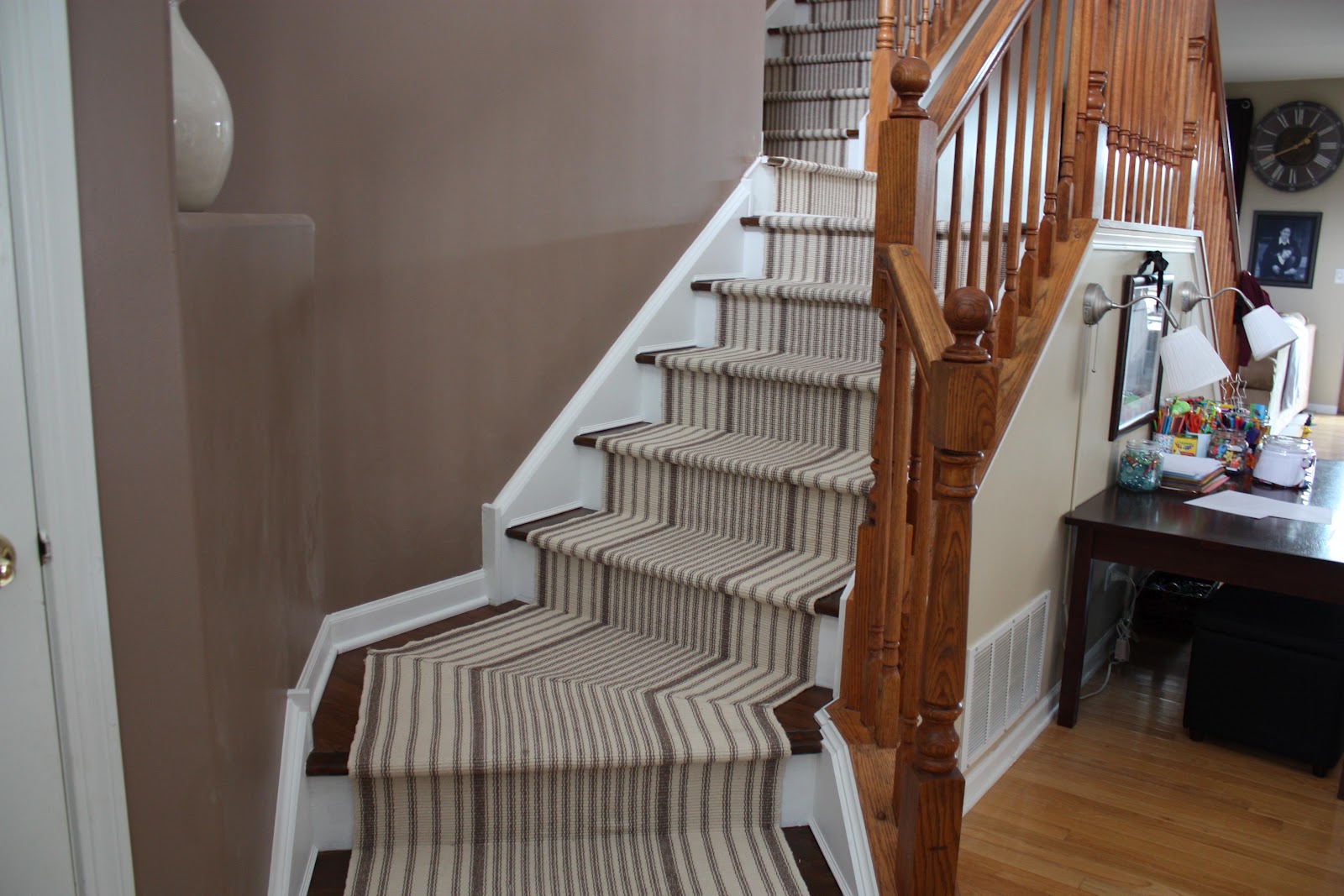Conservatories have been a very popular choice for homeowners for many years as a way of extending one’s property in a cost-effective and versatile way. However, over recent years, the Orangery has started to look like it may knock the former off its perch, and to the uninitiated it may seem as though there is very little difference between the two. So what marks out one from the other?

Traditionally, an orangery was a room in which citrus plants would be housed for winter, ensuring that the colder weather didn’t lead to their untimely demise. Whilst these were similar to the former glass fronted annex, they were significantly different in terms of use, as well as in terms of general make up. Whilst the former tends to be fabricated primarily of glass, the orangery will have far more brickwork, and will include pillars in the majority of cases too.
An orangery will also tend to be more permanent. Whereas an extension that is 80% glass will be easy to dismantle and remove if the need ever arose, an orangery would be much harder to dismantle, and tends to be an addition that will simply become part of the home in the long term. However, there are other differences between orangeries and conservatories than just their history and their permanence.
Orangeries will be more robust and require more construction than their glass-heavy relatives. They are also far more likely to become a room in their own right, and rather than just being an extra living space for individuals to relax in, the orangery may be turned into an integral part of the house, becoming anything from a kitchen to a dining room, or even a bedroom.
They will usually be a great deal more robust than a glass alternative too, being made predominantly from timber and brickwork as opposed to uPVC. This makes them far more suitable for far more purposes and also far more suitable in geographical areas that experience many different extremes of weather. In many cases, they will actually end up looking like a simple extension to a home, albeit one that happens to be very classy indeed, blending in with a home in a much more subtle way than many other options would.
Whilst they offer a similar style to their relative, orangeries tend to be far more practical and far more private. With many people now living on housing estates where neighbours can easily see into their gardens, people are now choosing to opt for orangeries simply to ensure that spending time in such a room doesn’t leave them exposed to any old nosey parker on the block. They will also tend to be far more energy efficient too, and will often be far more flexible in terms of style, allowing you to create the perfect addition to your home in the perfect style for you.
So, whilst the two constructions are very similar, those who want flexibility, privacy and style are likely to be best off opting for an orangery – a very modern solution that may actually have far more history than you think.



